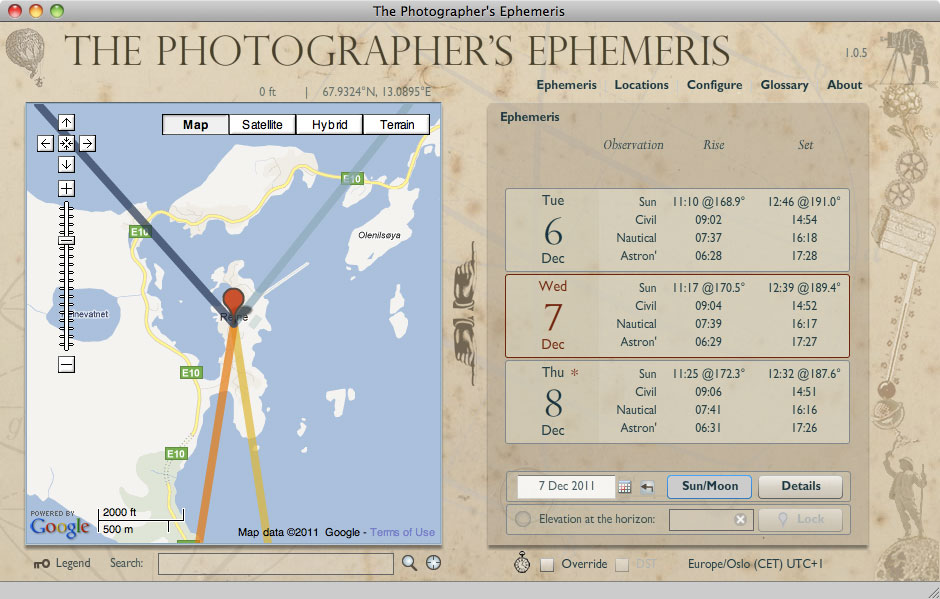It's good to get to know a landscape. Well.
Cono de Arita, Puna de Atacama, April 2017
Image taken by my guide on his Samsung phone. My films won't be ready until the very end of May !
I've been back in the Puna de Atacama region of Argentina this past week making some new photographs. My first visit here was two years ago. It was only a fleeting six day visit to the area where I felt I was often in the wrong place at sunrise and sunset. Despite being pleased with my first efforts, the experience left me feeling I had only scraped the surface of this amazing place. So many locations were wonderful but I was often there during the middle of the day when the light wasn't good. This is often the way with visits to new places: the first visit is more about finding out what it is I want to photograph and the second visit is about photographing it!
I like to get to know a place well, and repeated visits are the only way to do that. I see photographing a place like a continual learning experience where I hopefully grow in terms of my understanding of the place, as well as in my photography.
Logistics are often the biggest obstacle in getting to photograph a place well. With the Puna de Atacama, the region is vast. So vast in fact that my first visit left me feeling frustrated because in the space of a mile or so, there would be so many locations that would be suitable for the brief 20 minutes of beautiful light at either side of the day. With only 20 minutes to play with before the light would be bleached out at sunrise, and only 20 minutes to play with before the light was gone in the evening, it made choosing locations very tough indeed.
On location in the Puna de Atacama desert, Argentina, April 2017
So this visit was more about finding those special locations, areas where I wouldn't have to move so much to capture different aspects of the landscape before the 20 minutes of beautiful light was gone. That meant a lot of day-time scouting and many hills were climbed to find vantage points where I would have better luck when the light was good.
Spot-metering the desert in Argentina, April 2017
Location scouting seems to be a trial of errors. Working out where the sun is going to be and how it might react with the landscape can be done to some degree with Stephen Trainor's wonderful TPE application, but there still needs to be a lot of walking and climbing done to find those beautiful compositions where shapes in the landscape form the symmetry and balance I'm seeking.
Indeed, standing still in one location that is (hopefully) the best spot I can find, sometimes reaps dividends. With the Cono de Arita (the volcano shot at the top of this post (made by my guide on his Samsung phone), it was a learning experience to see how the shadows of the surrounding mountains interplayed with the salt flat and the silhouette of the cone as the sun dropped behind the horizon.
I believe it is only by spending time, and observing how the light interplays with the landscape that I can truly learn to be a better photographer. To obtain the images I want, I need to put the effort in, and that often means re-visiting a landscape many times over. Indeed, any landscape that I fall in love with will often become a regular part of my yearly photography because it has the capacity to teach me so much.

